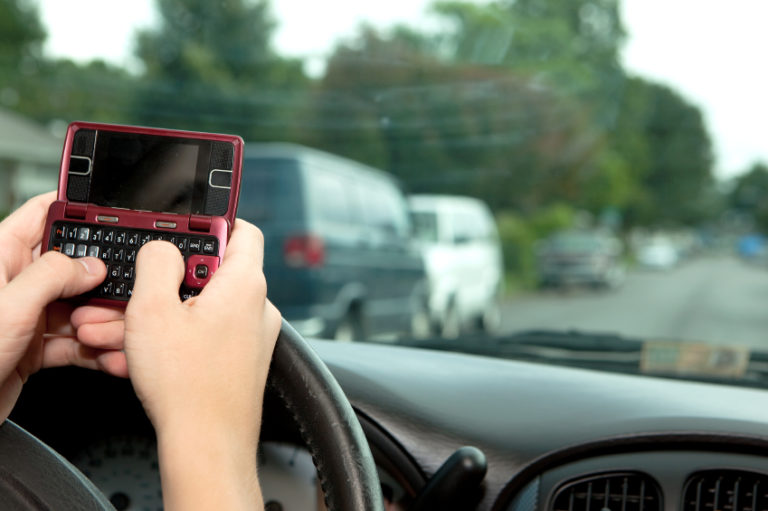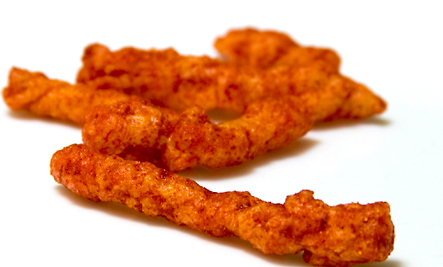
Nicole Keller, D.O.
A recent article published in The New York Post addressed screen time and kids. It compared screen time to a drug for children (“digital heroin” is the phrase they used). I suppose in many ways, screens can be as addicting and enticing as a drug – scary! Whether we like it or not, in recent years, screens have become a normal part of everyday life. Between TVs, phones, tablets and computers, many of us are participating in screen time for hours a day without even realizing it. But, like most things, this “addiction” affects kids in different ways than adults. Their growing minds are particularly impressionable which makes regulating screen time a new parenting challenge.
The American Academy of Pediatrics’ stance on screen time was initially very stringent. No screen time at all was recommended for kids less than two years old and for older children, two hours a day was the maximum recommended. In the past year, this recommendation was amended. It now doesn’t focus as much on the age and amount of time but the appropriate use of screen time in children. Overall, as pediatricians, we still don’t recommend using screen time in large amounts during the day, but, we also realize that screens are officially a part of our lives and it’s unrealistic to expect our kids to not be participating in their use. Instead, we ask that caregivers use screen time wisely. Like anything, when used in the correct way, screen time can have benefits/perks. On the other hand, when kids are allowed to dictate their use of screen time without supervision, the threat of it becoming an addictive drug becomes a reality.
There are some positives to screen time in general. Educational apps can help reinforce learning points in toddlers and school aged children. Communication has become easy among family and friends across the world. Classic games and puzzles can be easily transported and used in just about every environment, as well. These are some great things! We as caregivers and role models for our kids just have to keep these benefits in mind and assure that the scale doesn’t tip towards negative use of screen time.
Negative effects of too much screen time can be seen in your child’s behavior during the home time and at school. Kids become accustomed to immediate gratification that screen time tends to give them that is not present in real life. Patience wears thin very quickly in a child who is used to large amounts of screen time. In addition, attention is affected with large amounts of screen time. Multiple apps, music, and ads running at the same time make the brain fire rapidly at multiple targets but not focus for any amount of time on one task. This may make a single focus task (like reading a book) actually seem harder because their brain isn’t used to the lack of other background “noise.” Poor attention and lack of patience lead to tantrums and angry eruptions when kids try to complete other tasks they are asked to complete. Homework time, meal time, and other quiet moments in the day may become tense and rushed as kids are eager to return to their screens.
To help you avoid turning screen time into a potential dangerous “drug” in your child, try some of the following tips to keep screen time a safe and beneficial tool for your children:
- Time limits: although many kids require computers to complete homework, make sure your kids aren’t spending excessive amounts of time on their screens beyond homework time (it’s hard to put a number on how much time is appropriate – I’d shoot for no more than one to two hours beyond homework time). In addition, while doing homework, make sure they are focused on their assignment and not being distracted by other open apps or programs.
- Parental controls: most devices will allow you as a caregiver to have control over what apps are purchased, how long they can be used, or if they can be opened without a parental lock. Use these options to make sure your child isn’t getting into any inappropriate material or staying “plugged-in” for too long a period of time.
- Keep screens out of the bedroom: make sure your kids are completely un-plugged at bed/nap time. Strict rules about not using any screens around sleep time is important to ensure kids are getting appropriate rest. This is really important!
- Participate actively in screen time with you kids: if you are going to allow your child to use a screen for playing on, play with them! Let them show you what they’ve learned on their educational apps and teach them new ways to use apps for fun and for learning. This can be a great form of modern parent-child interaction.
- Offer no-screen alternatives: while our kids may not like it, sometimes it is just best to take the screen away. Set rules/expectations for when screen time is allowed and when it isn’t every day of the week. During no-screen times, remember all the ways YOU used to stay entertained without a screen. Playing outside, going for family walks, exercising, board games, coloring, puzzles, reading books, or playing with toys (blocks, cars, dolls, etc.) all have their benefits in child development and entertainment. Don’t forget these seemingly simple and basic ways to entertain and enrich your child’s life.
Well, I’ve now had my full of screen time. I hope you’ve gotten some benefit from this blog on the appropriate use of screens in our kids. Thanks as always for reading!









